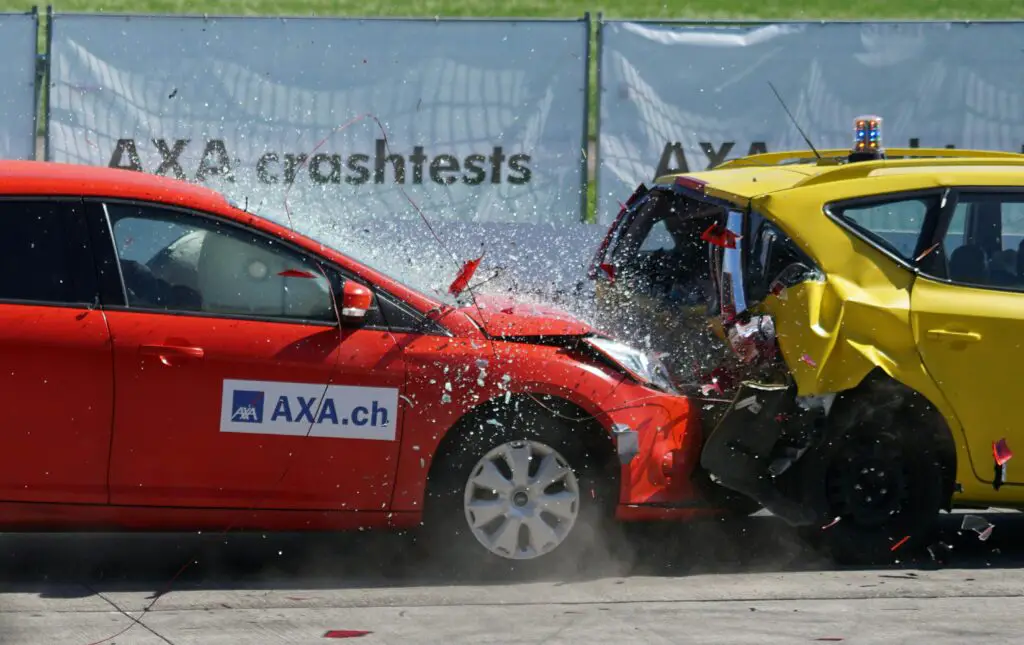You may have encountered several car crashes or even been involved in one. Naturally, when another hits a vehicle in multi-car accidents, the car behind is held liable.
There is always an automatic assumption that the car behind determines the safest braking distance between the two cars. However, in multi-car accident pile-ups, the perspective on the issue changes. This is because determining who is responsible for what in the crash is complex.
In a viral video, TikTok lawyer Ugo Lord explains liability in multi-car pile-ups. Holding the rear-ended person liable may be unfair. It requires studying the accident’s cause-and-effect chain.
How Does The Law Handle Multiple-Car Crashes?
The law is very particular in multiple-car pile-ups because of the many conditions that could be responsible for the accident. These conditions include severe weather, slippery roads and other poor road conditions, lack of visibility from darkness, careless driving, and aggressive drinking.
The details of the cars in multi-car accidents, their positions, the drivers, and the weather conditions would be considered. It is also important to know whose negligent actions did the magic.

Usually, a police report is made at the end of the day, citing which car is at fault. Collect your thoughts if you’re in such accidents to share your perspective. So, do your part, collect information, take photos, and record videos, if possible.
This evidence in multi-car accidents could help exonerate you and simplify the process of your auto insurance claim. More than one driver may share the blame. When multiple parties are responsible for the accident, it is termed contributory negligence. All parties could be responsible for the accident, with blame recorded in percentages. This makes it easier when it is time to pay for damages.
The insurance companies would know exactly who they were working with. Apart from car damages, if you’re found to be at fault, no matter how little the percentage of the blame, you could be sued by other injured parties.
Comparative Faulting in Multi-Car Accidents
Comparative faulting means that a person can ask for compensation for damages caused by an accident to the extent that the person was not at fault for the accident. It also means that if a driver is found 35% at fault, their compensation is reduced by 35%. This method is common in Georgia, Ohio, and Indiana.
This method can be used to determine who is liable for damages in multi-car accidents. A proper recreation of the accident would be done to determine who was negligent and to what degree. Drivers can also be cleared if external factors largely caused the accident.
What Happens If the Police Cannot Find the Main Cause of the Multiple-Car Crashes?
It is possible that the police would not be able to determine the main cause of multiple car crashes, even after thorough checks. The law will not always figure it out. In such cases, they would rely on insufficient evidence like witness testimonies and traffic camera footage. These inadequacies complicate legal proceedings, as much blame would be thrown around.
Insurance companies would try to escape paying by blaming the victims, and everything would eventually get messy. Ultimately, one person may be labeled as the cause, justly or not. It’s advisable to hire a personal injury lawyer for client protection. Again, the police cannot say the exact cause of a pile-up in multi-car accidents; it is possible that the drivers still end up with a ticket.
